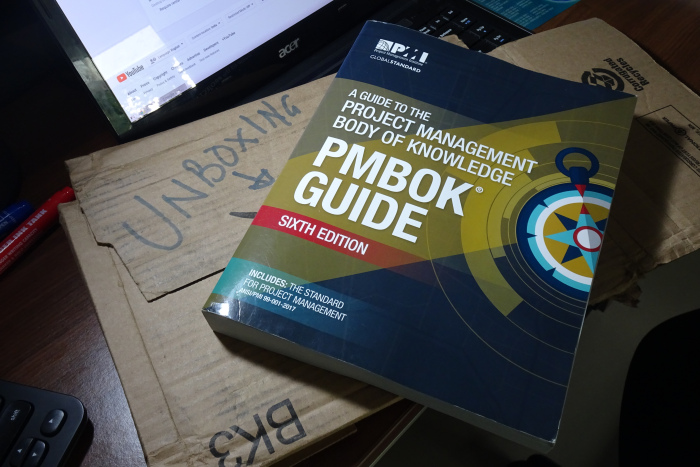Ramanujam is about to start a new product development assignment in a product company. He is working on the product development strategy, and not very sure about whether he should follow the traditional project management approach or the agile approach. What about a mix of both traditional and agile?. Will it work?.
Projects fail at the beginning. One of the key success criteria is the right project strategy. This post gives suggestions for developing the right project strategy for your project, based on the nature of your project.
Let us revisit the definition of projects;
- Projects are temporary in nature. Every project has a definite start and end date. Once the project is done, the team is dissolved.
- Projects produce unique products or services as output
- Projects are progressively elaborated. Before we start a project we have very less information about the project. As the projects progresses, we gain more and more insight about the project.
Because of the uniqueness and the progressive elaboration, project strategies are also unique. There is not fit for all kind of project strategies. Here are some of the key factors to be considered before developing a project strategy;
- Requirements volatility
- Are the requirements of the project very clear?
- Are they stable?
- Technology
- Is the team familiar with the technology?
- Are we using cutting edge technologies for the project?
- Flexibility of the engineering domain. For civil, electrical, mechanical domains, the engineering discipline is not that flexible where as for product design, software development, research projects etc, the engineering work is flexible.
- Contract types used or intended to use for the project. For example, ‘Fixed price’ contracts does not promote scope changes where as ‘time and material’ supports.
- The interest and the decision making authority of the key stakeholders of the project.
Schewhart coined the PDCA cycle;
- Plan – Whatever we want to do must be planned first
- Do – Do the work as per the plan
- Check – Check the actual progress against the plan
- Act – If there is a variance, then take action
PDCA cycle is the backbone of traditional (predictive) project management.
Deming coined the PDSA cycle;
- Plan – create a road map, not a detailed plan.
- Do – Do the work as per plan
- Study – While performing the work, we may succeed or fail. Continuously learn from the successes and failures.
- Act – Continuously incorporate the learning into the planning and execution of the remaining work
Fast PDSA cycle is the foundation of agile (adaptive) project management.
While developing the project strategy the following tips will help;
- If the requirements are not stable, and the technology is new, agile (PDSA) will be the right fit till the requirements stabilizes and the team becomes familiar with the technology.
- Do not adopt agile for the project where the engineering discipline do not allow for constant change (Civil, mechanical, electrical). The traditional project management revolving around PDCA is the right fit in this scenario.
- The ideal contract type for agile is cost plus benefit sharing. If the contract type with the customers are fixed price, then the risk element is high.
- If the interest of the key stakeholders are not high enough to commit their time to frequent demo and feedback cycles, agile frameworks will not fit in.
Convert your learning into certification. Contact us
